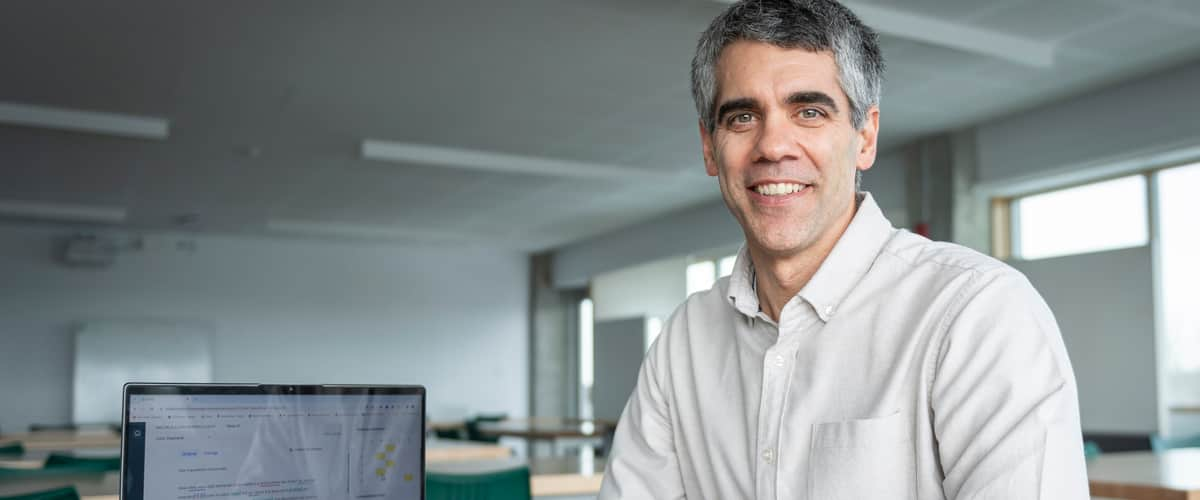A “real revolution” is underway regarding the teaching of French in Quebec. At least that’s what the director of a private school in Montreal says, where a text correction tool based on artificial intelligence is being developed in order to make teaching more “effective” in class.
“It’s incredible,” says Lisa Rimonti, who is a fourth-year teacher at Collège Sainte-Anne, located in the west of Montreal. It’s like having a second teacher who accompanies us in our correction.”
For years, the workload associated with correcting texts has weighed heavily on the shoulders of teachers, particularly those of French.
To help their students improve, experts recommend having them write more often in class, but this avenue is often considered unrealistic by teachers already overwhelmed by piles of copies to correct.
Reduce correction time by up to 75%
However, the new tool developed by this college, called Emilia, makes it possible to reduce correction time by 50% to 75%, indicates the project manager, teacher Stéphane Côté.
The tool is more powerful than Antidote or ChatGPT, he says. It allows you to correct spelling and syntax errors, but also to evaluate the organization of ideas and the coherence of the text, all based on the correction grids of the Ministry of Education.
However, the teacher retains “full control” of his AI assistant at all times: he can in particular choose not to take into account an error if it is linked to a concept which has not yet been taught in class.
“The goal is not to replace the teacher, it is to speed up their work,” explains teacher Stéphane Côté, responsible for the project at Collège Sainte-Anne.
• Listen to the interview with Stéphanie Hénault, director of legal affairs of the National Association of Book Publishers with Mario Dumont via QUB:
Improve written French
It will thus be possible to have students write more often throughout the school year, which will allow them to improve their written French, adds the CEO of the establishment, Ugo Cavenaghi.
On average, in high school, students write only three texts per year and a high proportion fail the writing exam at the end of high school, he says. “There is a problem. If we succeed in getting students to write more often, there can really be an impact on the quality of the writing,” he says, not to mention the direct impact on the working conditions of teachers.
However, the Emilia assistant is not yet used on a large scale at Collège Sainte-Anne, since the prototype must be improved to allow a larger number of users.
“The car is running, we now have to increase the engine,” illustrates Mr. Cavenaghi, who is currently looking for financial partners to continue the development.
“Personalized” learning
A second phase of work will allow us to go even further, adds Stéphane Côté.
The tool will be able to provide the teacher with a portrait of a writer for each of his students and suggest working sub-groups, based on their strengths and weaknesses.
Ugo Cavenaghi is convinced that this AI assistant will “change the game”, by offering “more effective and personalized” learning of written French, which is giving so many students a hard time.
A tool to share
Once development is complete, the College, which is a non-profit organization, wishes to make this tool available to as many schools as possible in Quebec, whether public or private.
This project is already attracting the interest of several school service centers, indicates Mr. Cavenaghi.
